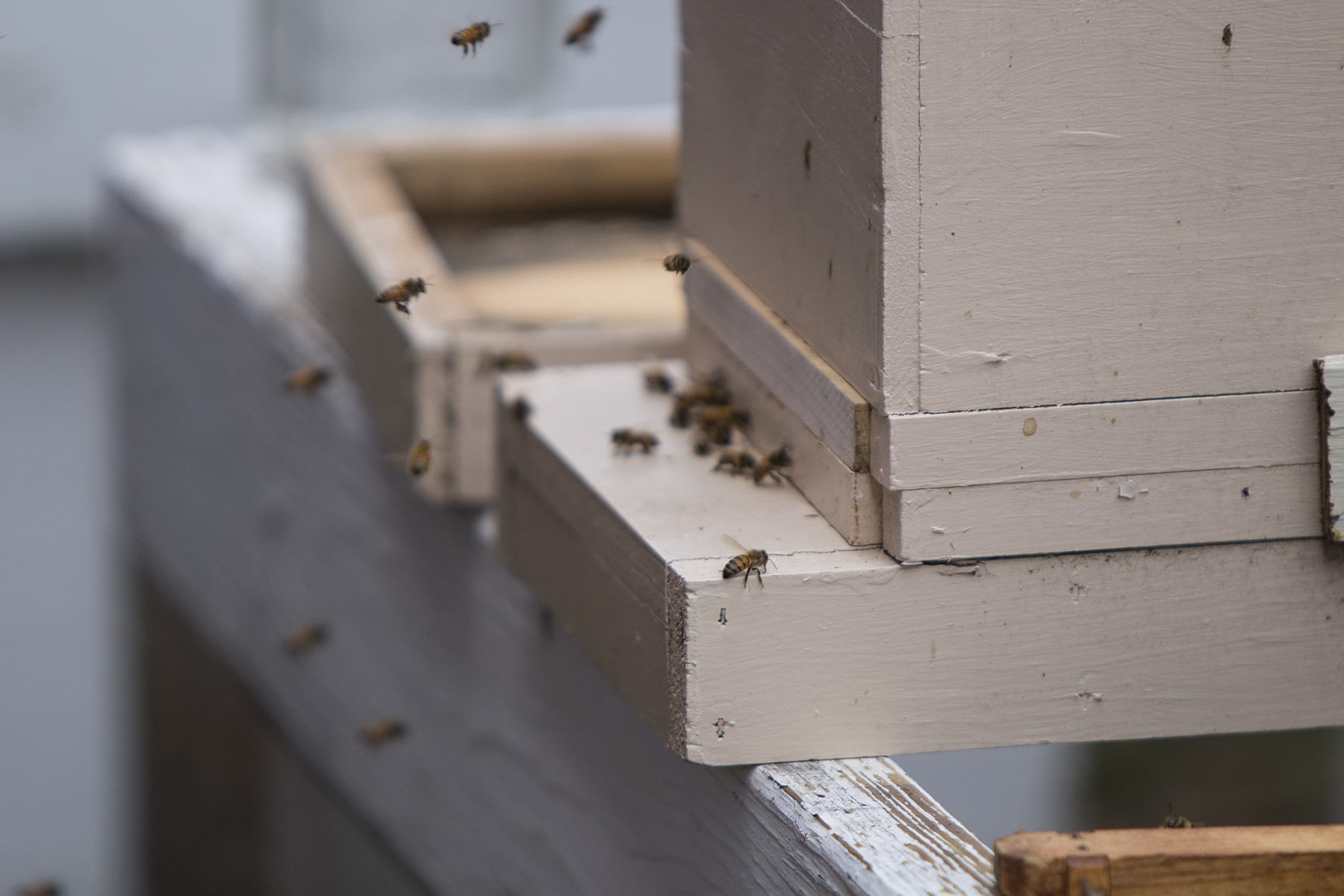Integrated Pest Management (IPM) refers to the control of undesirable insect, animal, and plant pests using methods that are as environmentally-friendly and pollinator-friendly as possible. IPM plans are tailored to different locations and situations, but all IPM plans follow four basic principles:
-
- Identify and monitor pests to best determine the methods needed to control them in a way that minimizes the use of pesticides. In many situations, pesticide use may not be necessary to control a given insect, animal, or plant pest. Specifically identifying particular pests also helps to target these pests without harming beneficial organisms.
- Set action thresholds to better determine the level of intervention needed to control pests. For example, an action threshold may be to determine whether the pests a nuisance, a health hazard, or an economic threat. Setting a threshold helps to determine the type and intensity of treatment needed to control a pest, and to minimize any adverse environmental impact resulting from treatments.
- Prevention involves taking common sense steps to reduce/remove conditions that attract pests. For example, the first line of defense against unwanted rodents may be to clean up and remove garbage and trash that attracts them to an area. Mosquito control can start by removing sources of standing water that the insects use to breed in. Caulking cracks in foundations can help to deter ants and other insects from entering structures. Mulching and controlled burning help with unwanted weed growth. All of these methods help to avoid the use of pesticides that may be environmentally harmful.
- Control of a pest is needed if the action threshold for a given pest is exceeded. Control
should always start with the least toxic intervention possible, followed by successively
stronger methods if needed. For example, possible approaches to consider may include:
- Trapping - many pests may be removed from a location by trapping and relocating the pest or disposing of the pest by non-toxic means.
- Heat/Cold Treatments - depending on the situation and the resources available, some pests, such as bedbugs, may be removed by heat treatment or freezing.

